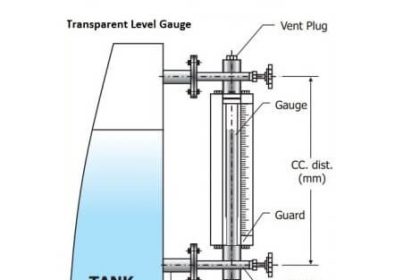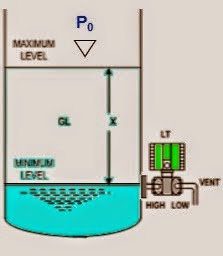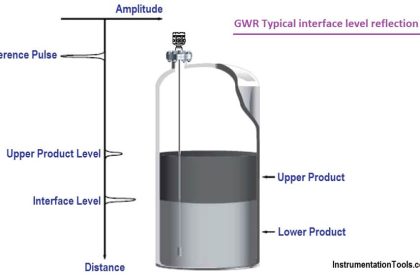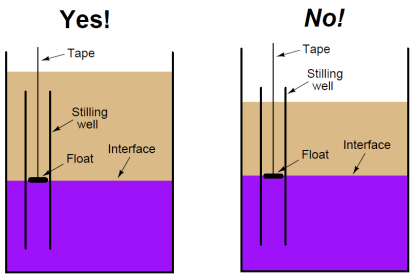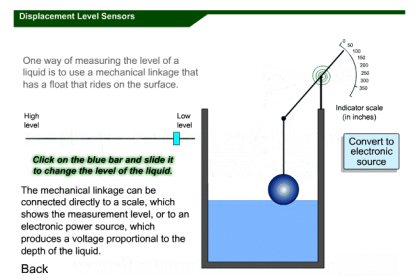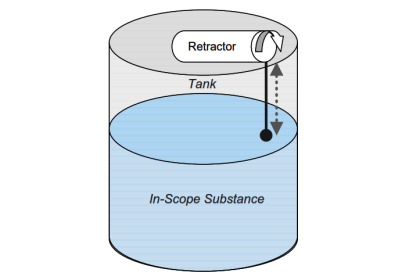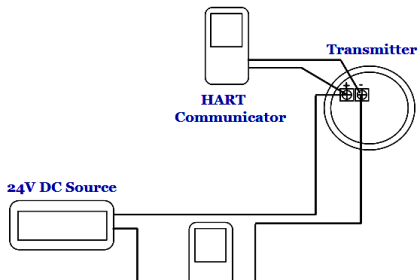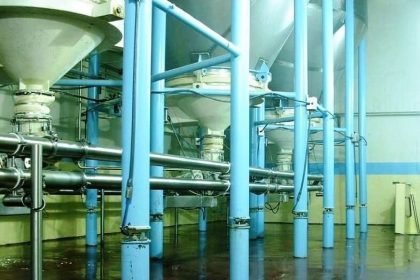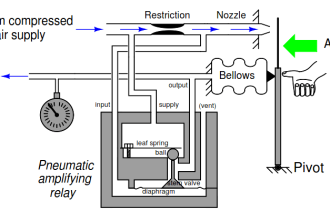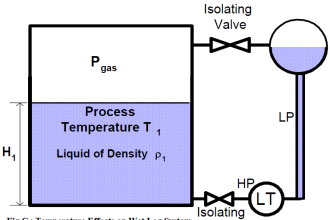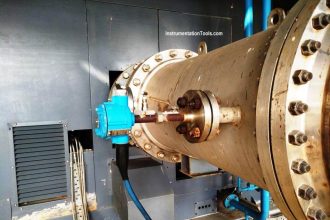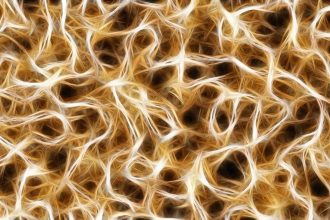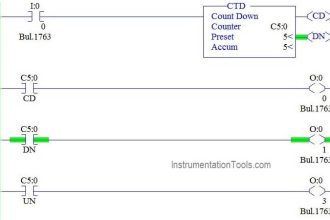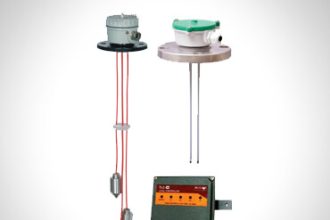In this post, we will understand the types of industrial level sensors.
Level sensors are devices that are used to monitor the level of storage equipment. The level can be solid, liquid, or vacuum. As storage is a critical part of an industrial process, level sensors are a must to install as they indicate how much product is available for use.
Level sensors work in various types of technologies. In this post, we will consider some general types of industrial-level sensors.
Animation: Level Sensors
Level sensors are normally categorized into two parts –
- Point level sensors and
- Continuous sensing sensors.
We will first see point-level types.
Conductivity & Resistance Level Sensors
They are used to measure a medium that is electrical in nature. It means the medium must be electrically conductive.
Simply, imagine two probes; one short in length and one long in length. They are inserted parallel in the medium to be checked.
The probes consist of a pair of electrodes that passes current through them. When the liquid covers the probes, a conducting path is formed between the probes through these electrodes.
This determines whether the level is high or low; through the signal which can be either high or low only.
More details:
Capacitance Level Sensors
Capacitance level sensors are used to measure medium based on various levels of dielectric constant. It works by measuring the change in capacitance.
Basically, it consists of two plates and it measures the change in capacitance between them as the level flowing through plates changes.
A main important advantage is that it can work with any dielectric constant of a medium. So, it can basically work on any media surface.
The sensor needs to be calibrated according to its dielectric constant.
More details:
- Capacitance Sensor Installation
- Capacitance Level Switch Principle
- Theory of Level Sensors
- Capacitive Tank Gauges
Optical Level Sensors
Optical level sensors are simpler in the technology used. It consists of a sensor housing comprising an LED and a phototransistor. The optical level sensor is mounted in such a way that when there is no liquid, the rays emitted from LED are reflected back to the detector.
When there is liquid, only a small amount of rays are reflected back to the transmitter. So, this sensor works on varying optical energy.
But, as a reflection of light is involved, many factors sometimes like a small reflective tank, mirrored tanks, bubbles, coating fluids can cause errors in readings.
Float Switch
The float switch is the simplest type of level sensor. It is basically a simple switch-type circuit. The sensor is floated in the medium to be checked.
When the level rises and the float goes up, the mechanical setting inside activates the circuit and when the level goes below and the float goes down, the circuit turns off.
Now, we will see continuous sensing types.
More Details: Level Switches
Microwave & Radar Level Sensors
Microwaves or electromagnetic waves are sent through these transmitters. The speed of these waves is proportional to the speed of light.
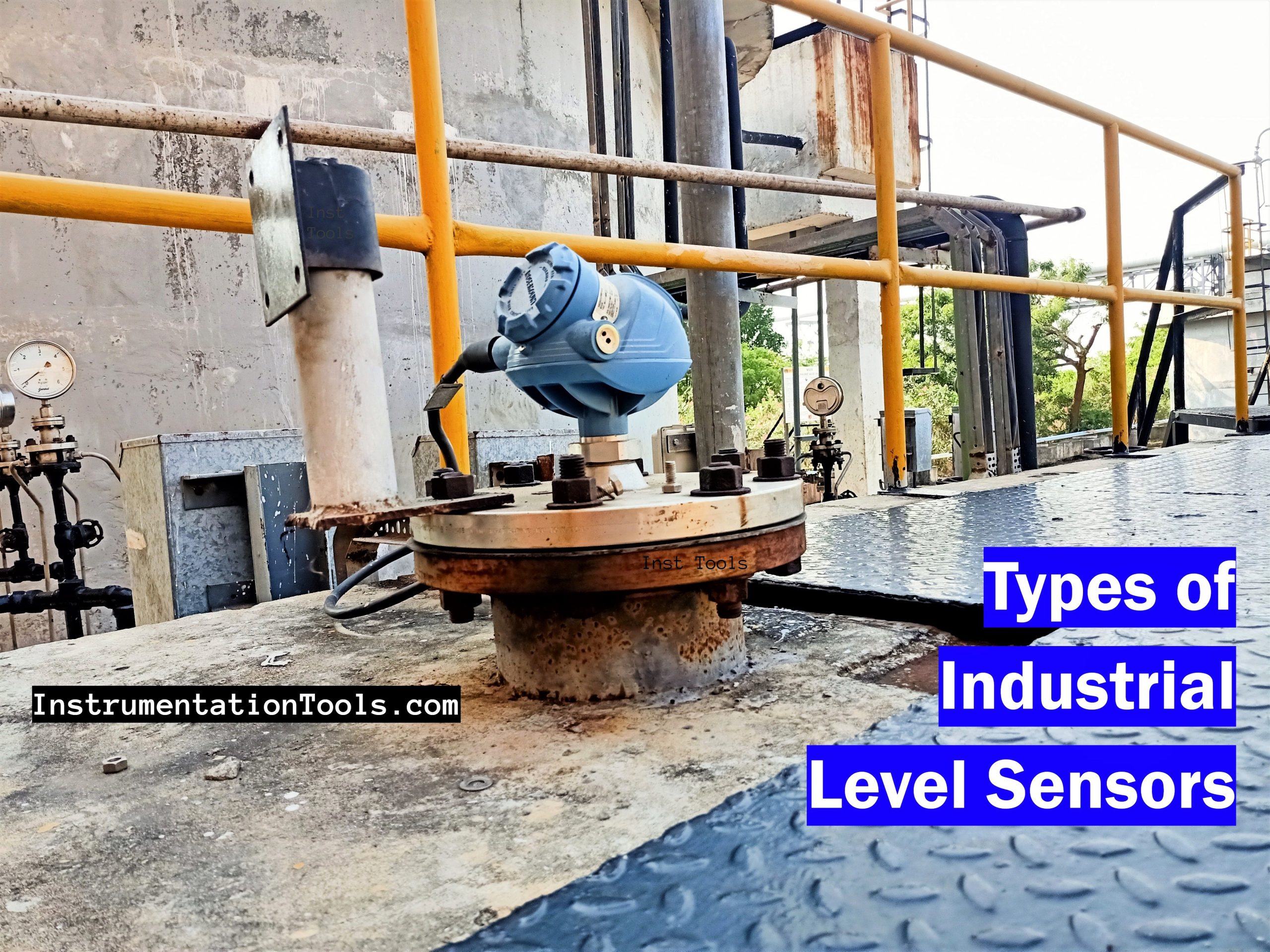
They provide very precise data of the media level. The time taken to reach the detector after reflecting from the surface determines the level of the media.
More Details:
- Radar Tank Gauging
- Guided-wave Radar Animation
- Radar Instruments Diagnostics
- Radar Level Sensor Measurement
- Level Sensor Questions and Answers
Ultrasonic Level Sensors
Ultrasonic waves are nothing but sound waves. They are generated in a piezoelectric method and sent on a medium surface.
The time taken to reach the detector after reflecting from the surface determines the level of the media.
More Details:
- Ultrasonic Tank Gauging
- Ultrasonic Level Measurement
- Level Measurement Technologies
- Ultrasonic Level Switch Principle
- Ultrasonic Sensor Configuration
If you liked this article, then please subscribe to our YouTube Channel for Instrumentation, Electrical, PLC, and SCADA video tutorials.
You can also follow us on Facebook and Twitter to receive daily updates.
